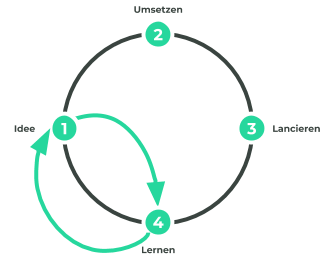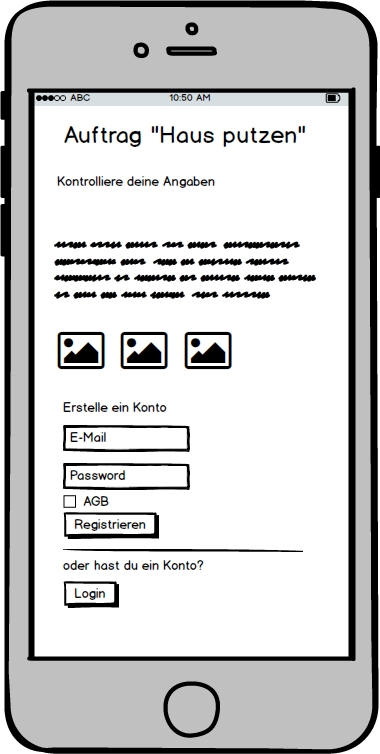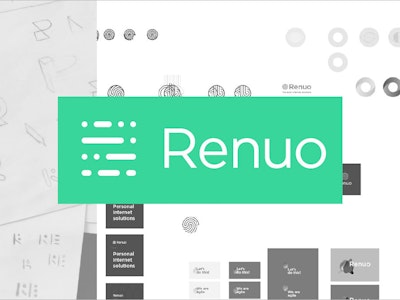Minimize risks, save money and be sure after just five days whether you want to pursue your idea.
You have a great idea: an innovative app, a platform or a solution to make life easier for your customers or others. Probably you have already thought about how you can monetise this idea. But what next? You ask yourself: «Should I dare to invest in this idea?», «Does it work?», «Can I afford the implementation?» or «How fast could the project be realised?». To help you with these questions, we offer the planning and the realisation of «design sprints» in our prototyping lab.
What is a design sprint?
Initially the term «design sprint» can be somewhat misleading. Because «design» in this context does not mean the appearance of the product, but its sketch. The term «Sprint» comes from the agile way of working, where a result is worked out iteratively in short time periods. A design sprint offers a framework to answer critical business questions through designs, prototypes and testing ideas with users. By the way, design sprints are an invention of Google Ventures (GV) and are used there to minimise the risk of investments in startups.
The advantages of a design sprint

The traditional approach is to implement an idea, then launch a product. After the launch (go-live) the first experiences are made with user behaviour and the product can be improved bit by bit. This is associated with a great risk, as you never know at the beginning whether you will make the right decisions. A design sprint offers you an abbreviation: With the help of fast prototypes – without the product being implemented and launched – tests can be carried out to prove whether your customers like your idea. Thus you save money and time and you launch the right product on the market.
How does a design sprint work
The strength lies in cooperation. As our customer, you are an expert on your idea. With our team, we can cover knowledge in technical feasibility, user-friendliness and economic experience from other projects. If we combine these strengths, we develop good and mature solutions together. A design sprint comprises the following five phases:
1. Understand
By presenting your idea to us, we work out a common understanding. Together we look at the business idea from all angles and ask relevant questions about the implementation. We develop a critical path: Which steps are urgently necessary for the idea to work? Our experience has shown that in this phase the idea matures because many new, not yet existing questions are asked by different roles.
2. Sketch / Diverge
In the second phase we collect as many ideas and solutions as possible. It proved to be a good idea to first brainstorm individually and then collect ideas. We develop a possible look of the solution step by step. If several solutions are found, this is all the better because the best one can be selected.
3. Decide / Converge
In this phase we agree on a version of the prototype that will be implemented in the next step. Different solution paths are combined. This makes different variants of a product visible. Because we can intensively discuss and critically question solutions, the probability that you will make the right decision increases.
4. Prototype

The decisions from the previous phase are now «prototyped». We work with click dummies – clickable graphics. Buttons and actions are linked to a next graphic so that the workflow can be played through. This prototype can be presented in the next phase to potential clients to review workflow, usability or other aspects of the idea.
5. Validate / Testing
You can now present the prototype to your end customers: Before we have even started with the implementation, we can gather initial experience: Do your customers like your solution? How do they react to the use? Are users willing to provide the data you require? By simply «watching how a customer would use the product’, we can already make improvements in this phase.
Conclusion
In short, you have the following advantages:
You save money: Because the experience is made with a prototype, we save twice. On one hand the prototype eliminates aspects of a complex implementation (design, error handling, thoughts on software architecture, algorithms or automated tests), on the other hand we save programming time by directly implementing the right thing.
You avoid risks: You don't have to spend a lot of money to find out whether your idea is liked and used by end customers.
You save time: You get the right product to the market faster because you don't have to wait for the implementation until you gain experience with end customers.
Do not hesitate and contact us: We would be happy to perform a design sprint with you.
Sources:













